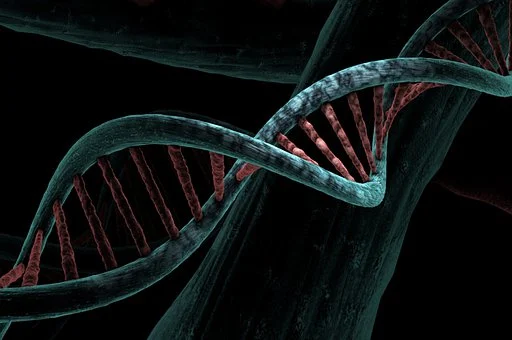Top 5 Reasons Why Gene Synthesis Is So Important
Genes are the functional unit of heredity. Genes are sections of deoxyribonucleic acid molecules. Moreover, they have codes that determine our features, such as eye color, height, hair texture, etc. They contain the instructions for making proteins. Proteins have multiple roles. They are responsible for our growth and development. They also control all cellular activities. Antibodies are protein molecules that help in fighting diseases and healing. Thus the study of genes is essential to understand the living world.
Artificial gene synthesis:
Genes are specific sequences of the bases in DNA. The complete set of genetic instructions is called the genome. The human genome consists of 3.2 billion bases of DNA. When cells replicate, the DNA replicates too. And, the process of DNA replication is semi-conservative. Each new DNA molecule consists of one nucleotide chain from the old or parent DNA, and the other chain is the newly formed.
The first step in artificial gene synthesis was the identification of the DNA polymerase. It helps in adding the complementary nucleotides to the existing DNA strand. With DNA polymerase, one can determine the sequence of nucleotides that form the gene. Today, advanced oligonucleotide machines are commercially available. Now, it is possible to produce around 12000 base pairs of DNA in vitro without using template series.
Below we explain the various applications of gene synthesis.
Study of genetic variation:
The number of genes varies from organism to organism. Humans have around 20000 genes. And each gene contains instructions for the synthesis of many proteins. In the plant and animal cells, DNA is present in spiral structures. These are called chromosomes. Humans have 23 chromosomes, and we inherit one chromosome from each parent. Thus, we have two copies of each gene, and the differences in the gene forms or alleles lead to unique characteristics.
The genetic variation between two humans is about 0.1%. This minuscule difference causes all the variations that we see apparently. Gene synthesis helps scientists to pinpoint the changes that cause a difference. They can deliberately introduce a mutation and obtain the desired trait. Thus, the study and synthesis of genes led to the rise of genetic engineering technology.

Applications in plant biotechnology:
One of the first applications of gene synthesis was in plant biotechnology. Researching genes for specific traits, gene mapping, and marker-assisted selection are common in plant breeding methodologies. The objectives include increased resistance to pests, higher yield, salinity tolerance, enhancing nutrition values, etc. Recently, scientists have modified the Rubisco enzyme to improve the rate of photosynthesis.
Applications in synthetic biology:
Synthetic biology creates complex biological systems using simple constituents like genes, DNA, and proteins. The first example of synthetic biology is the laboratory creation of urea. Today, scientists are successful in achieving complete genome transplants. They introduce the entire genome of one bacterium into the cytoplasm of other bacteria and get rid of its native genes. The customized production of living forms has various applications like the development of biofuels, pollutant-removing microbes, drugs, etc.

Understanding neuroscience:
Artificially synthesized genes help decipher complex neural processes. The neural system does some of the most intriguing activities in biological systems. Neural signaling, synapse plasticity, and learning behaviors are unique and make humans different from other vertebrates.
With technologies like codon optimization and gene synthesis, now it is possible to express opsin genes in mammalian cells. Opsin genes occur in microbial algae, and they help visualize neural synapses. They make the ion channels light-sensitive and help the scientific community to decode the interaction of synaptic pathways in the brain.

Applications in cancer treatment and vaccine design:
Scientists are trying to utilize gene therapy in multiple ways to treat cancer. One approach is to make the immune system recognize cancer cells.
Cancer cells proliferate by inhibiting T-cells of the immune system. Scientists have developed synthetic gene circuits that knock out the inhibitory behavior of cancer cells and make the immune system attack the tumor cells. But tumor-specific antigens are scarce, and therefore the scientific community intends to design synthetic promoters that bind to specific proteins of active cancer cells.
Similarly, the latest vaccines utilize DNA and mRNA synthesizing methods. The DNA strip containing the code for antigens is introduced in body cells. The cells produce the desired immune response against the pathogen.
Final thoughts:
The process of DNA replication and gene expression is one of the breakthrough discoveries in life sciences. It aids in understanding life forms at the molecular level. It holds the key to the evolution of life. Examination of genes helps scientists to understand body mechanisms. They learn how the immune system works and find ways to fight diseases better.
At the same time, we need to be precautious with technologies like gene synthesis and mutation. Abrupt modification of genes can cause irreversible changes. At times, the scientific community may not be aware of the long-term consequences. So, a thorough study is a must before commercial use of genetic engineering technologies.
